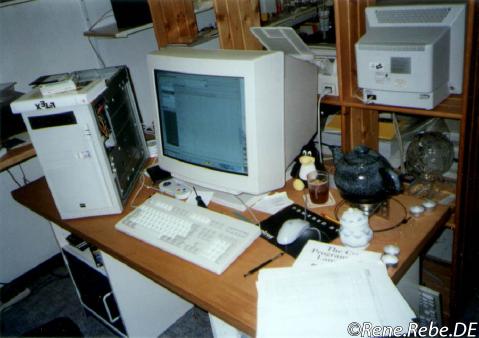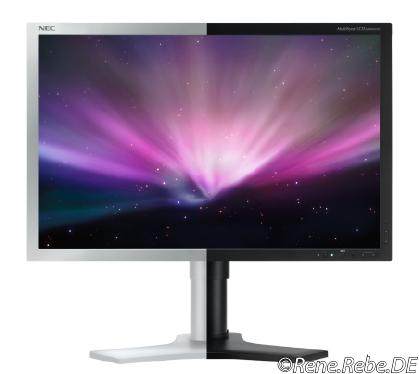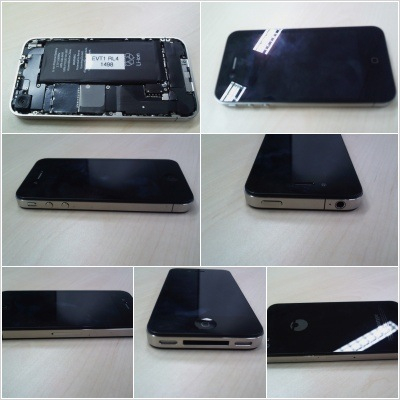So with T2 SDE I do this open source thing for over 10 years by now. I was lucky for the opportunity to already toy with an IBM XT (clone) in the 1980’s. And more lucky when my dad invested into a second floppy, a 40GB hard drive, and later a 386SX board (25MHz, with 2MB RAM) and some OAK VGA card (with NEC MultiSync monitor)! I became aquatinted with DOS at that time, and while BASIC didn’t cut it for me, with Pascal and assembly. Yep, assembly. We wrote half of the programs in it at that time. Interestingly with deep knowledge in both, (Turbo) Pascal and assembler, the transition to C was not as easy as I would imagine from todays perspective.
Anyway, when Windows 95 didn’t really cut it, a friend and I start our own protected mode kernel, when we accidentally encountered Linux. The first version I tried (some Debian) sucked and scared me enough to wait another year to try [Linux] again. As it still sucked, but seeing the potential I was about to create an own distribution when I encountered ROCK Linux. We found it usable enough to contribute, and push a Desktop flavor (Desktop ROCK Linux, dRock in short). I even got a photo from this area at the end of the 1990’s:

With all projects came the usual, policy (and marketing) issues, which made me fork of try two.
T2 now comes with over 3000 packages. These are the vanilla upstream packages, not split into the artificial -lib, -doc, -noarch, -whatever slices. To compare this numbers with other, well known distributions, you can safely multiple the count with 3, or 4, …
Since data storage does not cost as much (as the before mentioned 40MB drive) I do not clean up the download upstream source archives on my primary development server for some time now. While working on the GCC 4.5 update, it stroke me to take a look how much sources I got archived: It is 65 gig by now! Yep, that’s 65GB worth of archived open source history! As an overview the storage size for the T2 package sources of the respective release branches:
3.8G mirror/2.1
5.3G mirror/6.0
6.0G mirror/7.0
15G mirror/8.0
The 64GB are just since the Summer of 2006, … wished I’d kept more of the past – though I recently enocounted some source archive backup DVD-R. If I’m lucky it’s still readable, and I could mix in some more history for the fun of it :-)




